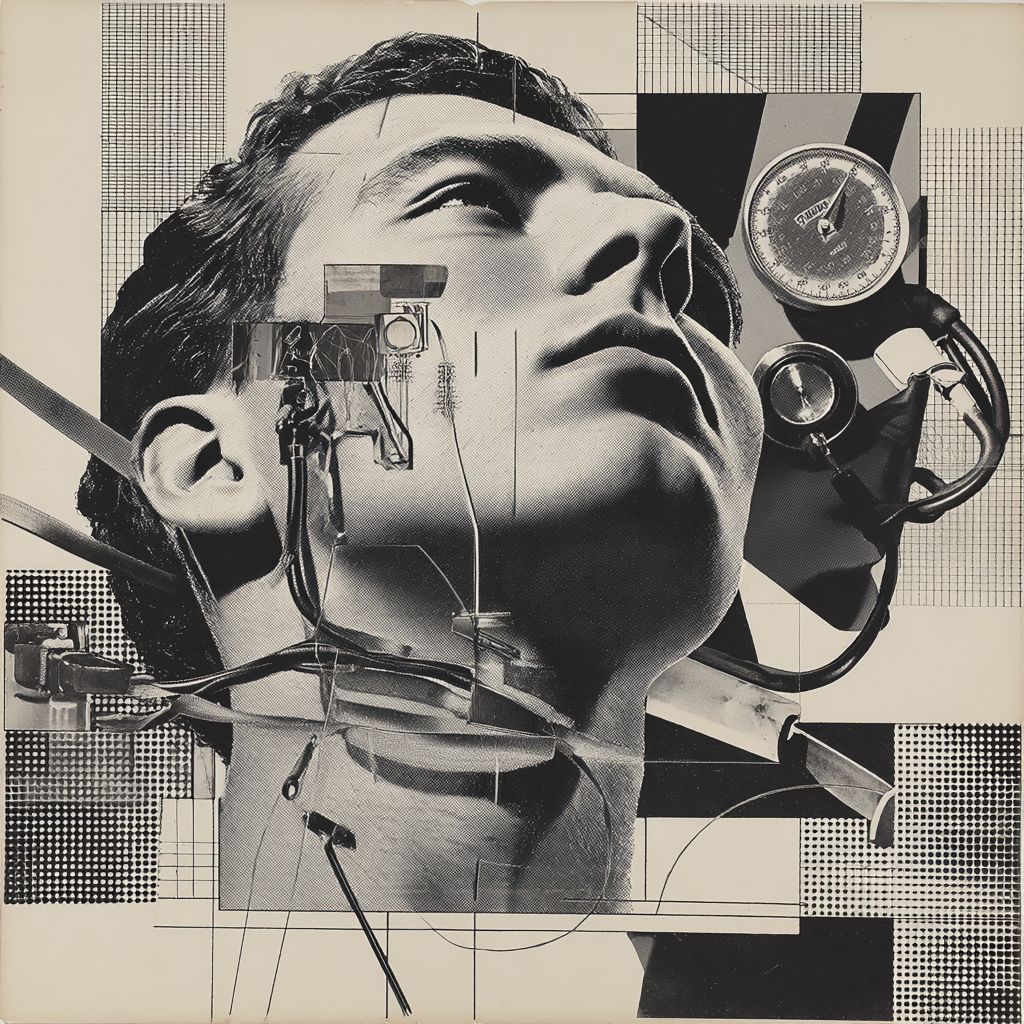Bell’s Palsy appears suddenly, often overnight, leaving patients shocked by the abrupt change in their facial movement. Affecting approximately 40,000 Americans each year, it causes partial or complete paralysis on one side of the face.
Daily tasks that once seemed effortless—smiling, blinking, eating, drinking, and forming words—can become frustrating challenges. Beyond the physical symptoms, the emotional impact can be profound, as many people struggle with visible asymmetry and the inability to express themselves naturally.
Early support and consistent treatment are key to recovery, and many patients seek gentle, non-invasive therapies to help restore facial function.
TCM Diagnosis and Understanding
In Traditional Chinese Medicine (TCM), Bell’s Palsy is primarily viewed as a Wind-Cold invasion that attacks the facial meridians. When the body’s defenses are weakened—often due to stress, fatigue, or underlying deficiency—external Wind can penetrate the superficial channels, leading to sudden blockage of Qi and Blood flow to the face.
TCM typically identifies two underlying components:
External Pathogenic Wind-Cold
This disrupts the smooth flow of Qi through the facial meridians, resulting in sudden weakness, numbness, or paralysis.Qi and Blood Deficiency
If the body’s vital substances are already depleted, the facial muscles and nerves lack nourishment, slowing recovery and contributing to lingering weakness or facial stiffness.
Additional signs such as headache, sensitivity to cold, tearing, or drooping eyelids align with this diagnostic framework.
Because Bell’s Palsy involves both an acute external invasion and an internal deficiency, treatment focuses on addressing both aspects to fully support recovery.
How Acupuncture Helps Restore Facial Function
Acupuncture is one of the most widely used—and frequently effective—TCM therapies for Bell’s Palsy. It works by stimulating circulation, activating nerve pathways, and reawakening the affected muscles.
Key benefits include:
Improving Facial Muscle Activation
Acupuncture helps stimulate the nerves and muscles on the affected side, supporting improved movement and symmetry.Promoting Qi and Blood Flow
Increased circulation nourishes the facial tissues, reduces stiffness, and accelerates recovery.Dispelling Wind-Cold
Specific points help warm the channels and release external pathogenic factors that contribute to paralysis.Reducing Pain and Discomfort
Many patients experience tenderness, ear pain, or jaw tension; acupuncture helps soothe these symptoms.Preventing Long-Term Sequelae
Early and consistent treatment can reduce the risk of chronic facial weakness, twitching, or synkinesis (involuntary muscle movement).Supporting Emotional Well-Being
The sudden loss of facial control can be distressing; acupuncture often promotes relaxation and reduces anxiety throughout the healing process.
Integrating TCM Therapies
To enhance results, acupuncture is often combined with:
Moxibustion to warm the facial meridians and dispel Wind-Cold
Tui na (medical massage) to support facial muscle activation
Gua sha or gentle cupping (when appropriate) to improve microcirculation
Herbal formulas to nourish Qi and Blood or expel Wind-Cold
Facial exercises to complement acupuncture and rebuild neuromuscular patterns
Together, these therapies provide a comprehensive approach that supports both the physical recovery of the facial nerves and the emotional resilience needed during healing.


